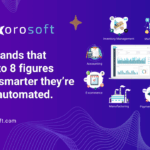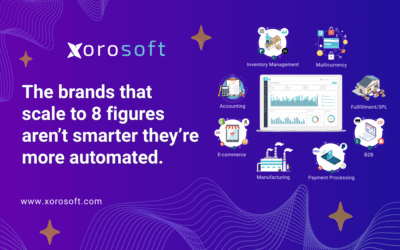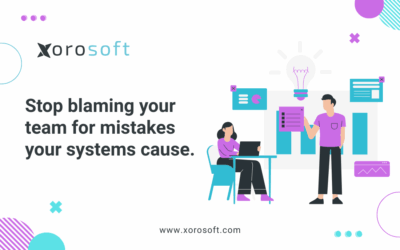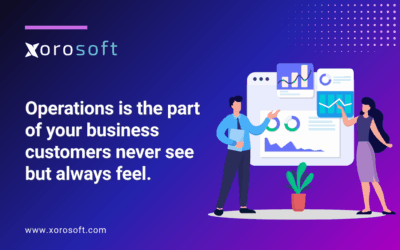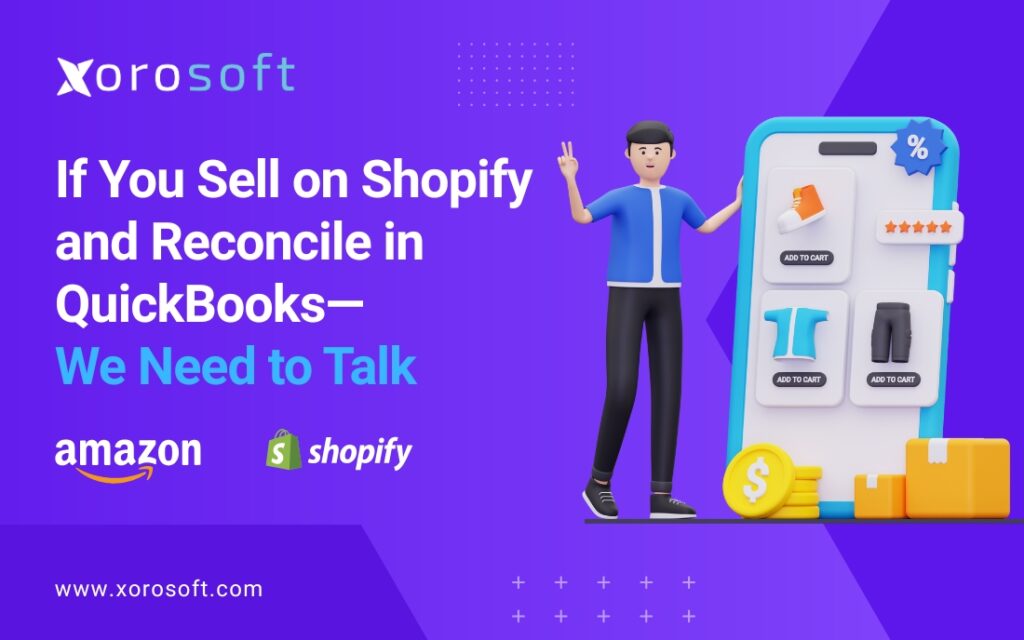
You Didn’t Start Your Business to Become a Spreadsheet Manager
If your Shopify store runs on QuickBooks and you’ve hit the ceiling with your ERP integration, you’re not alone. You launched your store to grow revenue and build a brand—not to babysit spreadsheets or reconcile transactions by hand.
However, if you’re like thousands of fast-growing ecommerce businesses, your back office is being held together by manual processes, disconnected systems, and daily uncertainty.
You sell on Shopify. Your orders are manually transferred to QuickBooks. Then comes the end-of-week chaos of reconciling everything. Meanwhile, your warehouse might be using a separate system, and inventory? It lives in a spreadsheet.
In other words, this isn’t scaling. It’s barely surviving.
When Shopify QuickBooks ERP Integration Fails
Let’s break it down: every Shopify merchant eventually runs into operational issues. These start small, but over time they balloon into costly bottlenecks.
For example:
- Orders flow in from Shopify, but inventory isn’t updated in real time.
- Your warehouse operates on a completely separate system.
- QuickBooks records sales but can’t manage inventory valuation or landed costs.
- You rely on spreadsheets and email threads to bridge the gaps.
As a result, your team is juggling disconnected tools, manually copying and pasting data, and fixing problems that shouldn’t exist in the first place.
Consequently, fulfillment errors increase, customer support loses visibility, and your month-end financials turn into a fire drill.
More importantly, without real-time data, you’re always making decisions in the dark.
Why Shopify QuickBooks ERP Integration Breaks Easily
It’s not just one app’s fault. It’s the combination.
Shopify is built for selling. QuickBooks is built for accounting. Neither is designed to manage inventory, procurement, warehouse operations, and multi-channel workflows under one roof.
Because of that, most businesses patch the gaps with:
- Manual data entry
- Spreadsheets
- Bolt-on apps
In theory, this works. But in practice, it leads to:
- Data delays
- Costly mistakes
- Operational blind spots
For instance, once you expand to multiple warehouses, introduce 3PL partners, or sell across Amazon and Shopify simultaneously, your existing setup falls apart.
Therefore, the real problem isn’t your team—it’s the lack of a centralized system.
ERP Integration for Shopify and QuickBooks: One System, Real-Time Everything
In today’s world, scaling businesses need more than pieced-together software. They need clarity, automation, and control.
That’s where cloud-based ERP comes in.
Modern ERP systems provide one centralized hub for inventory, sales, purchasing, fulfillment, and accounting. As a result, you eliminate redundant tools and manual processes.
Here’s what a true Shopify QuickBooks ERP integration looks like when done right:
- Orders sync from Shopify in real time
- Inventory updates automatically across all channels
- Warehousing, fulfillment, and shipping are fully connected
- Accounting entries happen in sync with transactions
- You get clear, accurate reports instantly
Instead of relying on ten disconnected tools, you rely on one connected platform.
Moreover, your team gets more done with fewer mistakes, and you finally operate with real visibility.
Why Xorosoft Is the Best ERP for Shopify Sellers
Xorosoft ERP is built specifically for ecommerce merchants who sell on Shopify and want more than just accounting from QuickBooks.
Here’s why merchants choose Xorosoft for their Shopify QuickBooks ERP integration:
- Cloud-native and fast to deploy — Get up and running in weeks, not months.
- Built-in WMS — Scan, pick, pack, and manage inventory natively without extra apps.
- Shopify Integration — Real-time two-way sync of orders, inventory, and customer data. See on Shopify App Store
- Accounting + Inventory Integration — Real-time COGS, margin visibility, and automatic journal entries.
- Multi-location and multi-currency — Manage multiple warehouses, regions, and currencies seamlessly.
- Automation & APIs — Hundreds of integrations to automate your workflows.
- User-friendly interface — Ranked #1 in Ease of Use on G2
Because it’s a unified system, Xorosoft eliminates the errors, lags, and duplications that hold back growth.
Additionally, with real-time data at your fingertips, you can make informed decisions instantly.
Internal Links You Should Explore
To learn more about how Xorosoft helps Shopify sellers scale:
These will help you understand exactly how Xorosoft can simplify your ERP integration with Shopify and QuickBooks.
